- Driven to do right: TEN’s $10K gift opens new possibilities for Kedron Lions AFL
15 Oct, 2025 - National Safe Work Month
7 Oct, 2025 - La Granja Glass Insulators
29 Aug, 2025 - TEN backs Australia’s energy future with LaGranja Insulators
5 Aug, 2025 - 500 days injury free at TEN: that’s the sound of success
29 Jul, 2025 - Supporting Canberra's utilities with tooling solutions
7 Jul, 2025 - TEN Achieves "Beyond Best Practice" in FY24 APCO Annual Report: A sustainability milestone
26 Jun, 2025 - Neil Bartlett retires after 47 years: A legacy of excellence in Australia’s Utility Networks
22 May, 2025 - TEN becomes the exclusive Australian importer and distributor for Salisbury Electrical Safety products by Honeywell
12 May, 2025 - Cyclone Alfred
15 Apr, 2025 - TEN unveils our new brand identity
11 Apr, 2025 - Compression Fitting Failures
14 Mar, 2025
The Shocking Truth17 Oct, 2023 INCORRECT TORQUE APPLIED TERMINALS CAUSING FAILURES ON ELECTRICAL NETWORKS In the complex world of electrical networks, even the smallest missteps can lead to major consequences. One often underestimated but crucial aspect is the torque applied to terminals. Failure to get this right can wreak havoc, causing supply interruptions, equipment damage and pose safety risks. Pillar terminals, often referred to as terminal blocks, play a pivotal role in the operation of electrical networks. These uncomplicated components serve as connection points for electrical connections and bear the responsibility of ensuring a consistent and dependable electrical flow. They are commonly used in distribution boards, LV Underground Turrets, and various industrial applications. The Importance of Proper Torque Overheating and Fire Risk Voltage Drop Corrosion and Deterioration Safety Hazards The Importance of cable preparation Preventing Failures Use of correct equipment Consult Manufacturer Guidelines Regular Maintenance Training and Education Quality Control
Download the PDF: The Shocking Truth - INCORRECT TORQUE APPLIED TERMINALS CAUSING FAILURES ON ELECTRICAL NETWORKS |
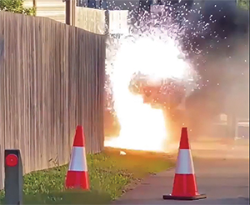
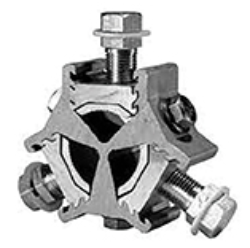
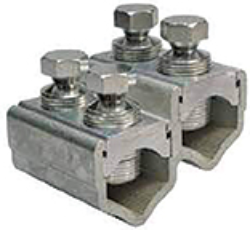
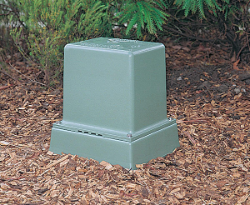
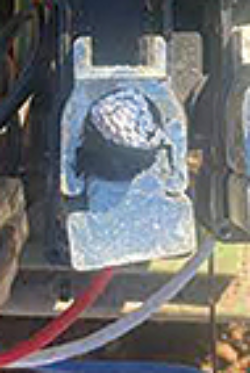
|
Copyright © TEN Group | ABN 72 093 052 441


